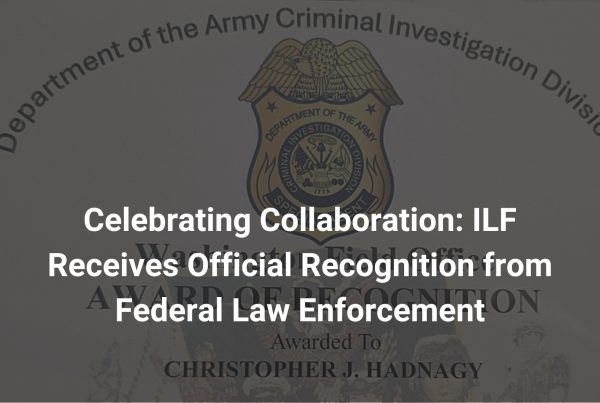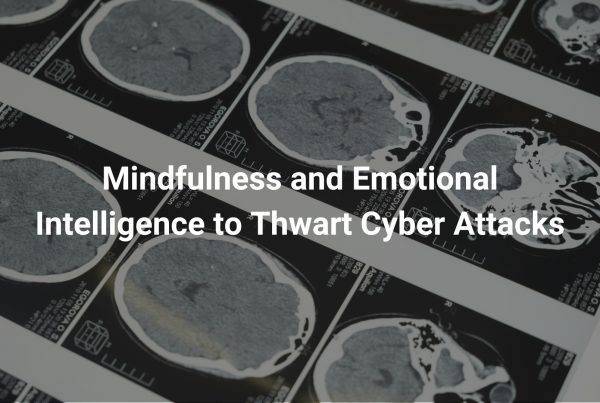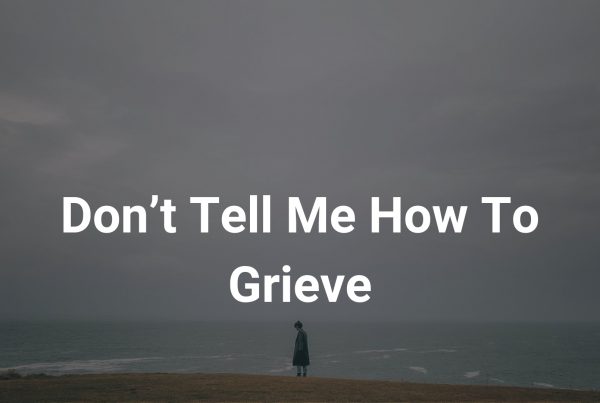WARNING
The following describes accounts of child sexual and physical abuse, which the Innocent Lives Foundation works to prevent. This blog contains content that some individuals may find disturbing or distressing in nature. Please be emotionally prepared before proceeding.
Names, locations, and other identifying information have been changed for the safety of the victims and the Innocent Lives Foundation team. Any similarity to actual names, living or dead, is purely coincidental.
Authors: Dr. Abbie Maroño
Published: April 9, 2024
In an earlier blog, we discussed the overwhelming sense of anger that often proceeds trauma, we also covered why such anger is felt and how to manage it. These lessons are invaluable. However, it begs the question, what happens if no intervention takes place? Such that, overwhelming anger is felt but not effectively dealt with.
To answer this, I want you to consider if you have ever tried to help someone who’s been hurt, only to find yourself suddenly on the receiving end of their anger. It’s as if, out of nowhere, you’re the one to blame. You thought you were being supportive, offering a listening ear and some comforting words, but now you’ve become the bad guy.
This situation is not just frustrating but deeply hurtful, and it can leave you questioning what you did to deserve this reaction. This misplaced anger is often a manifestation of inadequate anger management skills. When individuals grapple with overwhelming anger and lack the necessary coping mechanisms and resilience, their anger can be misdirected, sometimes towards themselves, and at other times, regrettably, towards those trying to help them.
A Need For Control
Historically, having control over one’s environment equated to safety and predictability, crucial for survival. When individuals face situations where control is lost, it triggers a stress response that, while beneficial in short-term survival scenarios, can be detrimental when chronically activated.
In the aftermath of trauma, the survivor’s world can feel chaotic and uncontrollable. Given the instinctual drive towards maintaining control, it makes sense why regaining control is a driving force behind many behavioral responses to trauma. Indeed, in an attempt to make sense of the event, survivors may unconsciously look for reasons or causes that could have prevented the trauma. This is not just an emotional reaction but also a cognitive process where the individual seeks to rationalize the trauma. This search for control can disguise itself as searching for something to blame. Hence, research has shown that the overwhelming nature of post-traumatic anger is often intertwined with a need to assign blame. However, when appropriate blame cannot be placed or when emotions still feel overwhelming, we may look for something or someone to put that anger into.
Anger Directed Outwards
Assigning blame to others, even if misplaced, is more psychologically tolerable than accepting the often arbitrary nature of traumatic events. In other words, if we find ourselves asking, “How could this happen to me?” The response, “It’s their fault” “is a lot more comforting than, “There is no reason, sometimes awful things just happen.”. What’s more, it is an unfortunate reality that the individuals who bear the brunt of our misdirected anger are typically those closest to us, such as our friends, family, partners, etc. We direct the blame to such individuals largely because they are more accessible and available as targets. Indeed, they are present in our daily lives, making it more likely for them to be the recipients of any emotional outburst.
Additionally, an individual may subconsciously direct anger at loved ones as a test of the relationship’s stability and security. It is as if they are opening the door and screaming at you to leave when all they really want is for you to tell them you’re staying.
As such, it is crucial to recognize that beneath the surface of anger often lies a deeper pain. Effective communication, understanding, and support can help break down these barriers. In instances where victims express anger, what they are often seeking is reassurance of safety and security.
Anger Directed Inwards
Rather than pointing the finger at someone else, some individuals may instead point the finger at themselves, believing that the trauma event occurred because of something they did, or didn’t do.
This process of self-blame can be best understood through the lens of learned helplessness, a concept introduced by psychologist Martin Seligman in the 1960s. Learned helplessness explains how repeated exposure to uncontrollable traumatic events can lead individuals to believe they have no power to change their circumstances. This belief can manifest as self-blame and internalized anger, as victims believe they should have been able to prevent the trauma but didn’t. Further, when one feels powerless, it has a significant negative impact on their self-esteem, leaving them to believe they are flawed or deserving of the trauma, which further exacerbates self-directed anger.
Self-blame in this context is extremely dangerous because it can set off a cycle of negative self-assessment and behaviors, often manifesting as self-punishment. For example, engaging in behaviors like self-harm or substance abuse can be a form of externalizing internal pain or self-punishment.
Long Term Consequences
If misdirected anger is not appropriately addressed, this ongoing state of emotional turmoil can also manifest physically, contributing to health problems such as hypertension, heart disease, and a weakened immune system, as the body remains in a prolonged state of stress. Furthermore, misdirected anger can hinder the healing process from the trauma itself, trapping individuals in a cycle of unresolved emotions and preventing them from moving forward. This cycle can lead to a decreased overall quality of life, marked by reduced life satisfaction, mental health struggles, and reduced well-being. Without appropriate intervention, misdirected anger can thus create a cascade of negative consequences, affecting both the emotional and physical health of individuals long after the initial traumatic event.
Anger following trauma is a natural response, but its misdirection requires careful handling. Indeed, helping someone recognize that they are misdirecting their anger is a delicate process that requires empathy, patience, and effective communication skills. Hence, understanding the psychological underpinnings of this misdirection is crucial. However, providing intense emotional support for someone healing from trauma can be extremely challenging, particularly when the anger is being directed towards you. In such cases seeking professional counseling or therapy is the most appropriate course of action.





